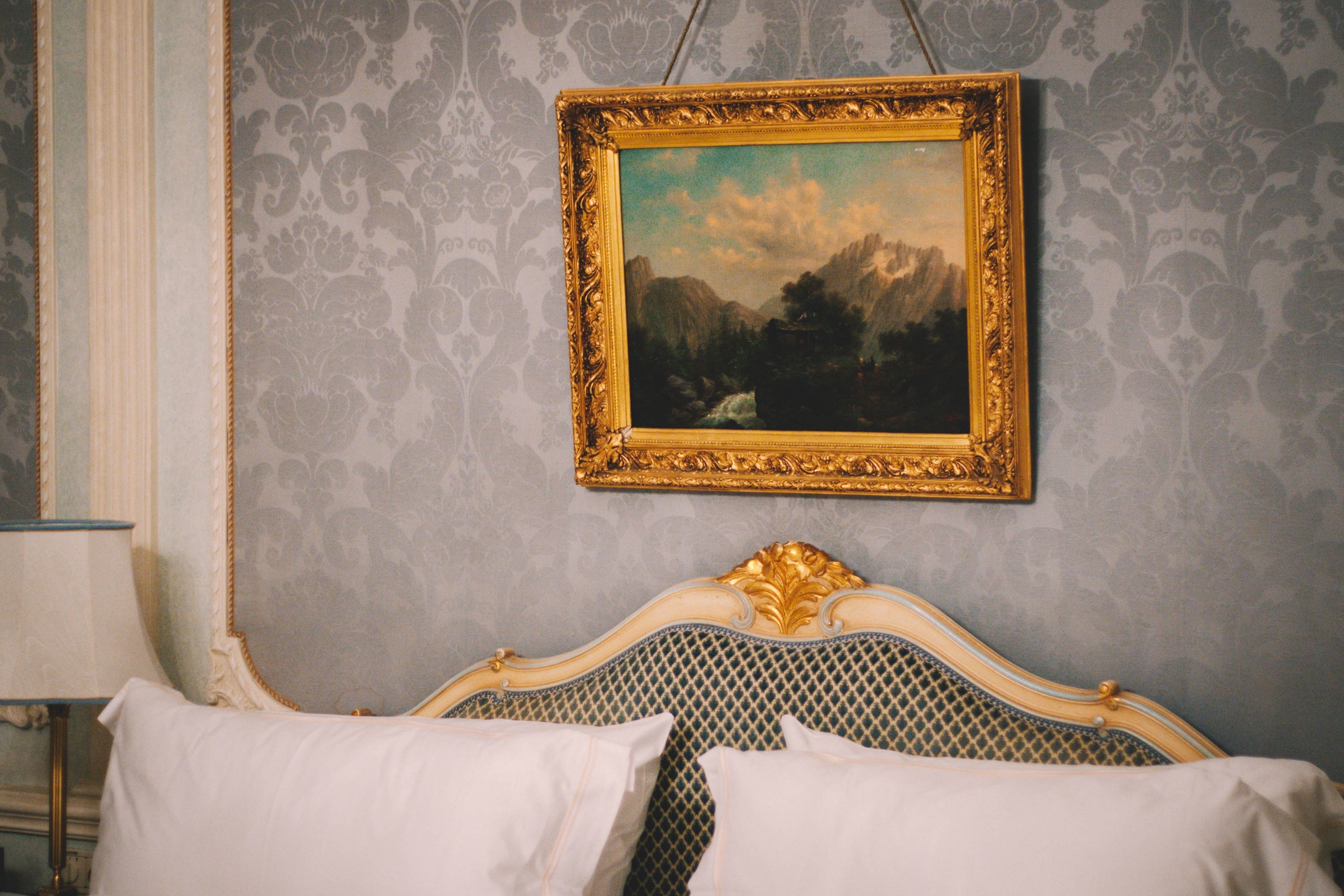Blog

As an artist specializing in oil on canvas paintings, I’m always interested in stories that depict interesting facts about iconic artists and their work. I recently read an article on ARS Technica by Jennifer Ouellette titled “When Art Gets ‘Acne’ — This strange ‘paint disease’ is putting Georgia O’Keeffe paintings at risk. What's startling is that some of Georgia O’Keefe’s paintings have been developing tiny, pin-sized blisters for several decades.
At first, scholars and conservationists who studied these paintings assumed the spots were grains of sand that somehow got trapped inside the paint, but as the protrusions began to grow and spread, they started to flake off, causing a lot of concern. This has resulted in a study by a team of scientists from Northwestern University using a portable tool that easily images the surface of these paintings using a tablet or smartphone. The article also went on to explain that this strange phenomenon has also cropped up in other oil-based masterpieces to include iconic works by painters such as Rembrandt.
What's Going on with Our Iconic Oil Paintings?
As these blisters were further studied, it was concluded by chemists that they are actually metal carboxylate soaps, which derived from a chemical reaction between metal ions found in the lead and zinc fatty acids and pigments in the medium used to bind the paint. It was discovered that over time, the soaps clump together and form these mysterious blisters. As this occurs, they continue migrating through the paint film, causing them to spread. This can obscure the actual painting as exudates are formed on its surface. According to Marc Walton, who co-led the study at Northwestern University, the exudates create an insoluble film that results in a transparency effect, enabling someone viewing the paintings to “look through those layers, which was not the intention of the artist.”
In the article, Walton also stated that somewhere around 70 percent of oil-based on canvas paintings are afflicted with deterioration that is associated with metal carboxylate soaps to at least some degree. He explained this will vary from one painting to another and said that while some paintings won’t deteriorate much at all, others will result in much destruction. Determining how quickly O’Keefe’s paintings are deteriorating is extremely important, which is what led art conservationists and scientists to collaborate on solving the mystery.
It was reported that even when conservators restored the paintings that sustained the most damage, the blisters reappeared afterward. Various tools are being used, some of which are low-cost, to study the paintings through 3D imaging. The idea is that if the surface of a painting is flat, the reflection of the patterns on the canvas that the human eye sees would be exact. If there is a blistering that causes unevenness, that pattern would stretch and distort, even shrinking in certain areas. Conservators are also working to better understand the factors that contribute to the blisters. These include environmental characteristics such as humidity, exposure to direct sunlight, and temperature. The idea is to recreate the problem using surrogate paintings to form metal soap reactions in an effort to document the process.
Through this, they will be better able to come up with a solution that will hopefully conserve the beautiful art that has inspired many artists like myself so these amazing pieces can continue to be viewed as their creators intended!